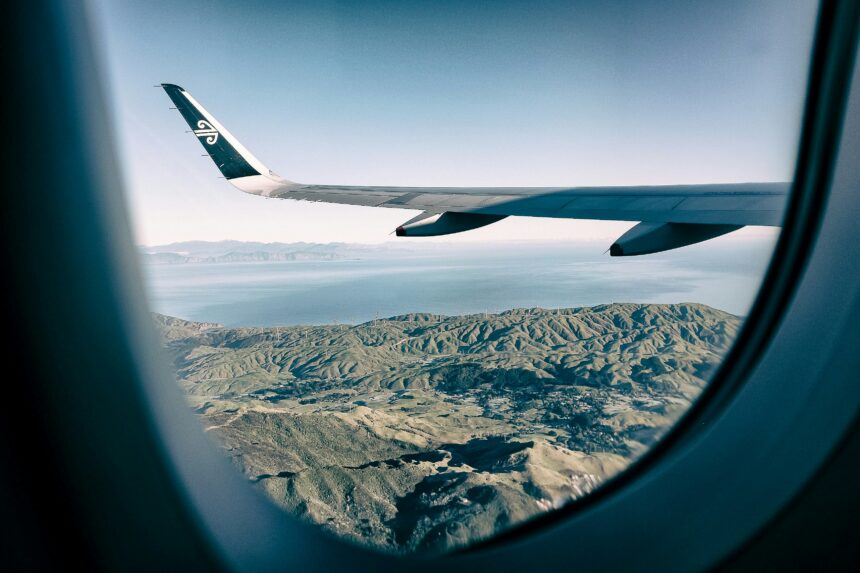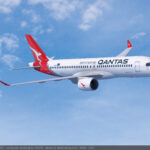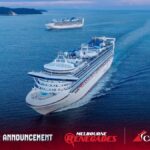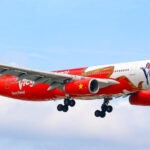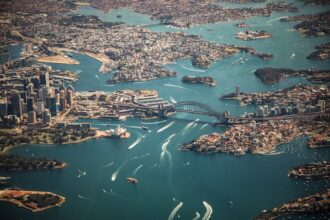Air New Zealand has reported a net profit after tax of $126 million for the 2025 financial year, down from $222 million a year earlier, as engine maintenance problems and rising costs continued to bite.
Earnings before tax came in at $189 million, which the airline said was at the upper end of its guidance issued earlier this year. Passenger revenue fell 2 percent to $5.9 billion, reflecting a 4 percent drop in overall capacity caused by engine availability issues that left up to six narrowbody and five widebody aircraft grounded at times.
Fuel costs fell 12 percent, or $208 million, thanks to lower global fuel prices and reduced flying. But non-fuel operating costs rose by around $235 million, driven by higher landing charges, labour costs and engineering materials.
Chair Dame Therese Walsh said the result showed the airline had managed through a tough operating environment.
“This is a solid result in a year where the airline faced real operational and economic pressure. It speaks to the capability of the team, the robustness of the business, and the financial discipline that Greg has instilled during his time as CEO,” she said.
The board has declared a final dividend of 1.25 cents per share, payable in September. Around $38 million was also returned to shareholders through a buyback programme earlier this year.
Dame Therese also paid tribute to chief executive Greg Foran, who is due to step down later this year.
“Greg has led the business through an extraordinary period. He’s been clear, considered, and focussed, and leaves Air New Zealand in a position of real strength. On behalf of the Board, I want to thank him for his leadership.”
Foran said the airline had to navigate significant disruption caused by engine maintenance requirements, which attracted $129 million in compensation from manufacturers Rolls-Royce and Pratt & Whitney. Without those issues, he said, earnings could have been about $165 million higher.
“We acted early and decisively, securing additional engines and aircraft, and optimising our schedule to keep customers moving. While this came at a significant cost, it was the right decision to deliver for our customers and maintain network stability,” he said.
He noted the airline expected engine problems to continue into next year.
“We are confident in the medium-term recovery path but note the next year will likely be every bit as constrained as the last. Unfortunately, there are no quick fixes, and navigating the next two years will require the same focus and discipline we’ve shown to date.”
The airline highlighted progress on other projects, including the return of four refurbished Boeing 787-9s, the rollout of new uniforms, and plans for a new international lounge at Auckland Airport. A new engineering hangar is also due to open in 2025, while the Christchurch Engine Centre expansion is underway.
Looking ahead, the airline expects more than half its Boeing 787 fleet to be flying with upgraded interiors by next year. Two new Boeing 787s powered by GE engines, along with an A321neo and an ATR, are also due for delivery. These aircraft are expected to help restore capacity on domestic, Tasman and North American routes.
“The year ahead will still have its challenges. System-wide aviation costs will be around $85 million higher, driven by increased air navigation fees, passenger levies and landing charges. Engine constraints will also remain a factor. But we’ve got the right strategy, a strong balance sheet, and a team that continues to deliver with heart, and that gives us real confidence in what lies ahead,” Foran said.
The airline did not provide earnings guidance for the 2026 financial year, citing uncertainty over compensation discussions with engine makers and a subdued domestic market. However, it expects first-half earnings to be similar to or lower than the $34 million reported in the second half of 2025.


